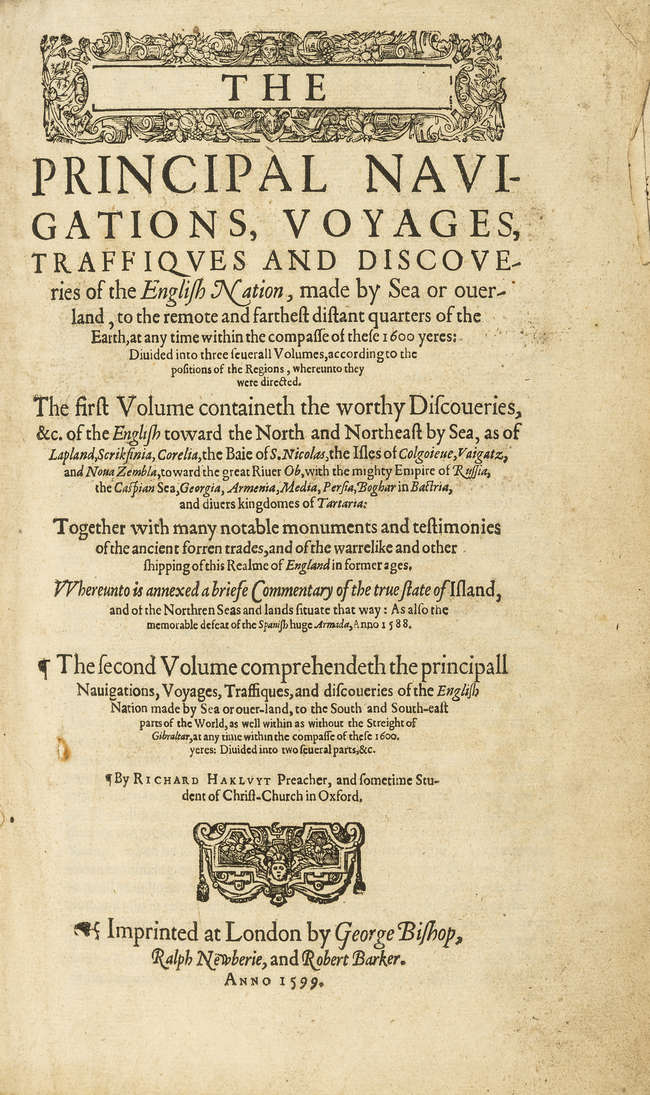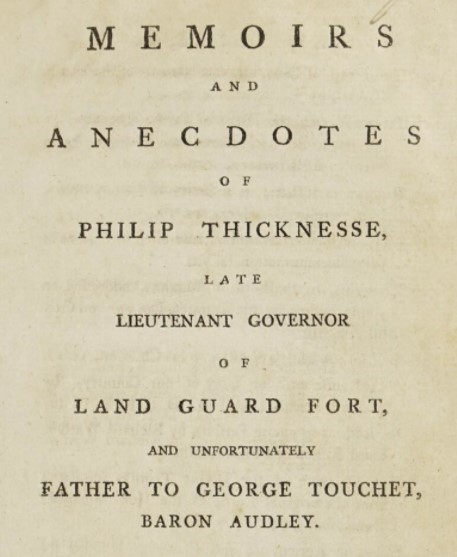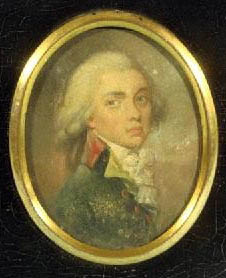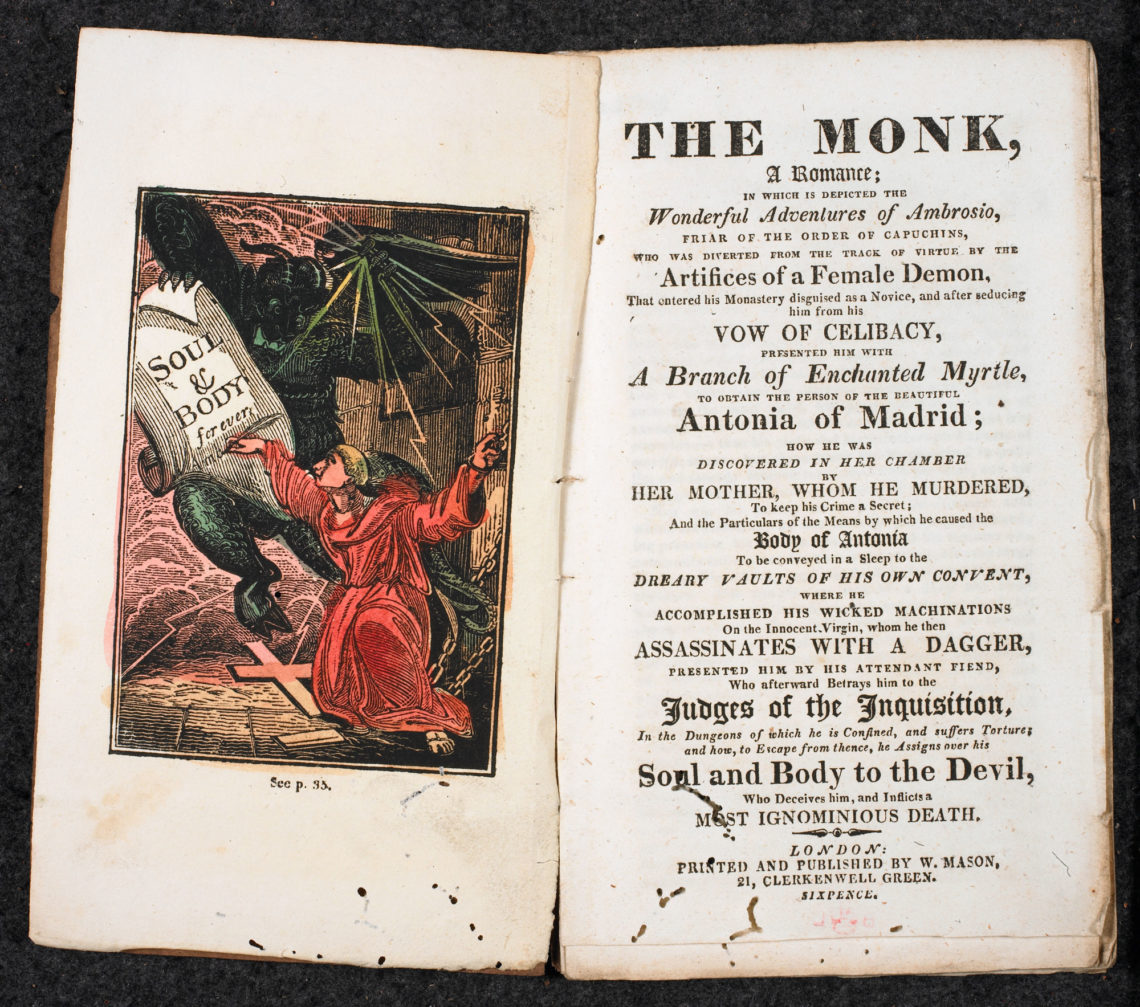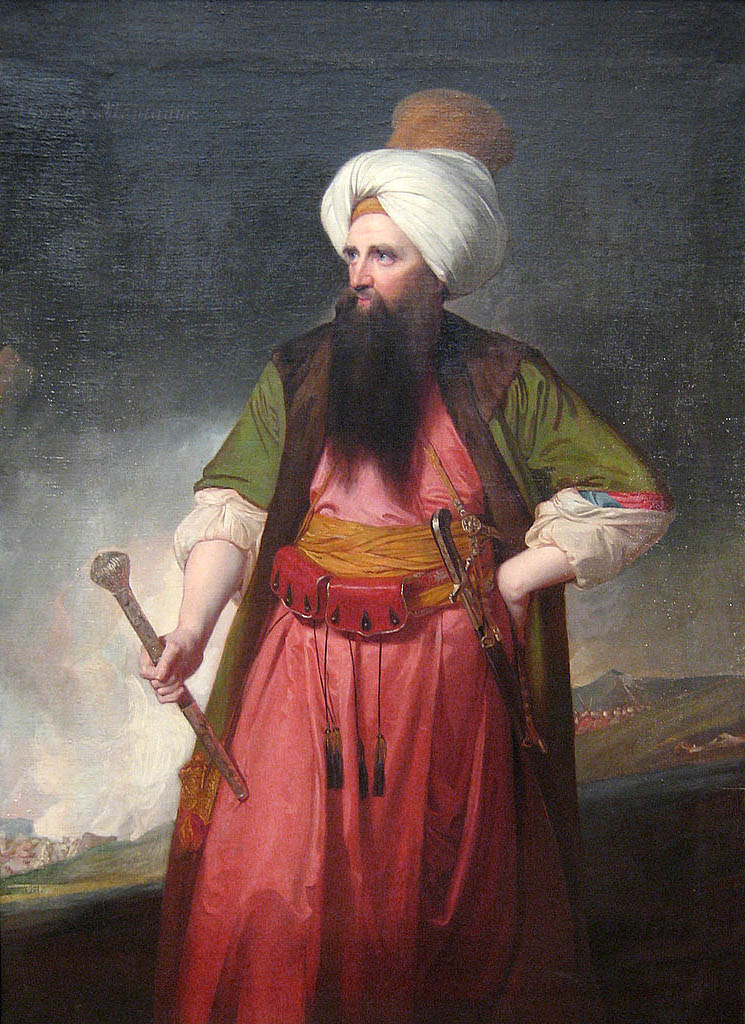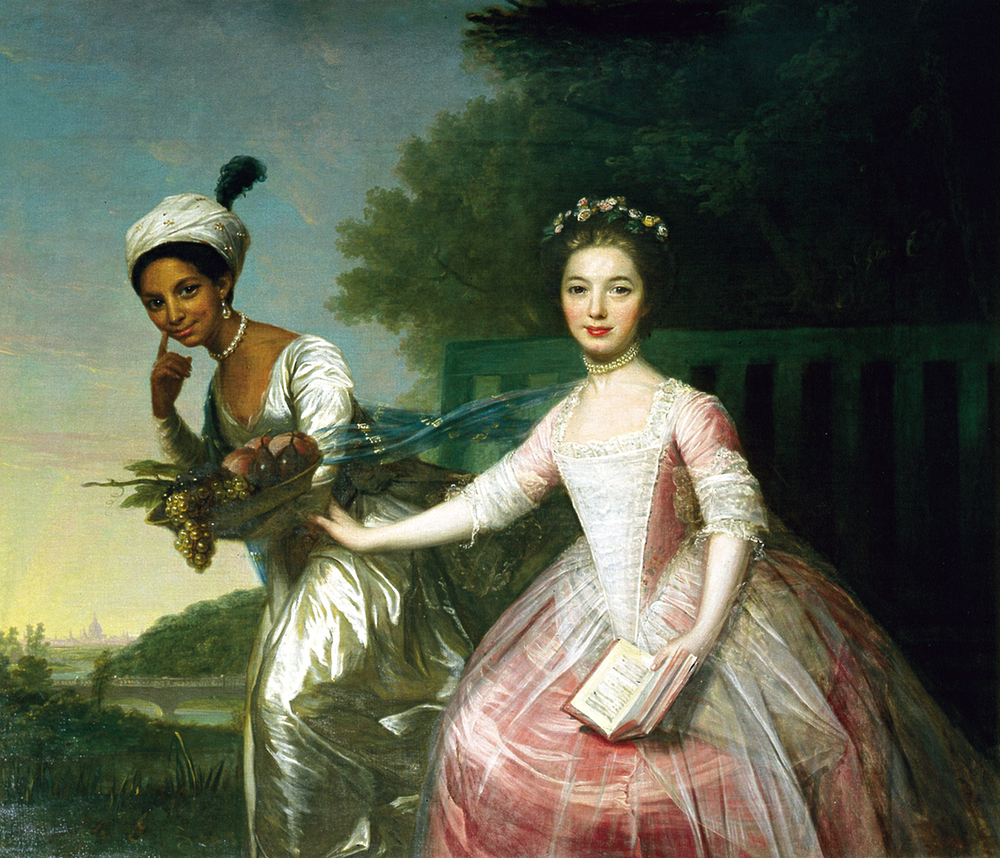To most at Westminster School the name Hakluyt denotes one of the eleven school houses, but beyond struggling to spell it, they might give little thought to its origins. Its namesake, Richard Hakluyt, was born around 1552 and attended Westminster School alongside his brothers. Not much is known about Oliver and Edmund Hakluyt – all three of the boys were…
-
-
The Papers of Elias Hicks
Most of the items in the school’s collection clearly fulfil the requirements of our archival collecting policy. Records or artefacts should be related to Westminster School – and concern such subjects as Old Westminsters, former teachers, or the school’s buildings. However, there are occasionally some more anomalous pieces of history. We don’t always know why we have certain items and…
-
Philip Thicknesse
Philip Thicknesse’s twentieth century biographer wrote of him that ‘to anyone who has made a close study of Philip Thicknesse, there come occasions when he can but marvel that nobody ever shot him or bludgeoned him to death’.[1] Two of his sons would end up estranged from him, with the extent of Thicknesse’s quarrelsome nature evident in the title of his…
-
The Tobin Family
Old Westminsters from the periods of missing records, mainly under Head Master William Markham, have been identified in a large variety of ways, including newspapers, memoirs, or lists of enrolment to post-Westminster education. We cannot, however, rely solely on an individual’s testimony that they attended the school, as occasionally people fraudulently claimed to be an Old Westminster to embellish their…
-
The Dasent Family
For three generations, the Dasent family sent their sons from the West Indies over to London to be educated at Westminster School. John Dasent (1735-1787), born in Nevis, was admitted in January 1749 and studied until 1751, when he returned to Nevis. He became Attorney-General there, going on to become Chief Justice of Nevis from 1768. Upon his death in…
-
George Rose
George Rose’s surname would later serve as ammunition for political cartoonists wanting to make sure their depictions of him were correctly identified but, before his career as a politician, it linked him to Clan Rose, originating in the Scottish Highlands. Born in 1744, Rose was adopted at the age of four by his maternal uncle after his father was implicated…
-
Matthew Gregory Lewis
Matthew Gregory Lewis (1775-1818) was described by his friend, Romantic poet Lord Byron, as both ‘an excellent man’ and ‘tedious, as well as contradictory, to everything and everybody’.[1] Lewis’ own journal presents a similarly paradoxical image: an owner of five hundred enslaved people who criticised the slave trade whilst extolling his own virtues as a compassionate ‘master’. That Lewis…
-
Edward Wortley Montagu II and Massoud Fortunatus Montagu
It was almost inevitable that Edward Wortley Montagu II (1713-1767) would live a less than conventional life. His mother, Lady Mary Wortley Montagu, is renowned for her epistolary travel writing from the Ottoman Empire, accompanying her husband when he visited as a British ambassador. She promoted inoculation against Smallpox in the West after witnessing the practise in the Ottoman Empire…
-
The Beckford Family
The Beckford family sent seven brothers to Westminster School in the early eighteenth century: Peter (born 1704, likely admitted 1715), William (b. 1709, adm. 1718), Thomas (b. 1711, adm. 1721), Richard (b. 1711, adm. 1721), Nathaniel (b. 1713, adm. 1721), George (b. 1715, adm. 1724), and Julines (b. 1718, adm. 1725). In total Peter Beckford (1672-1735) and his wife Bathshua…
-
William Murray and Dido Elizabeth Belle
When William Murray travelled from Scotland to Westminster on a highland pony at age fourteen, never to return to the country of his birth, it may have seemed obvious that he would go on to live a rather interesting and, in many respects, unconventional life. Born to on March 2nd 1705 to David Murray, 5th Viscount Stormont and his wife…
